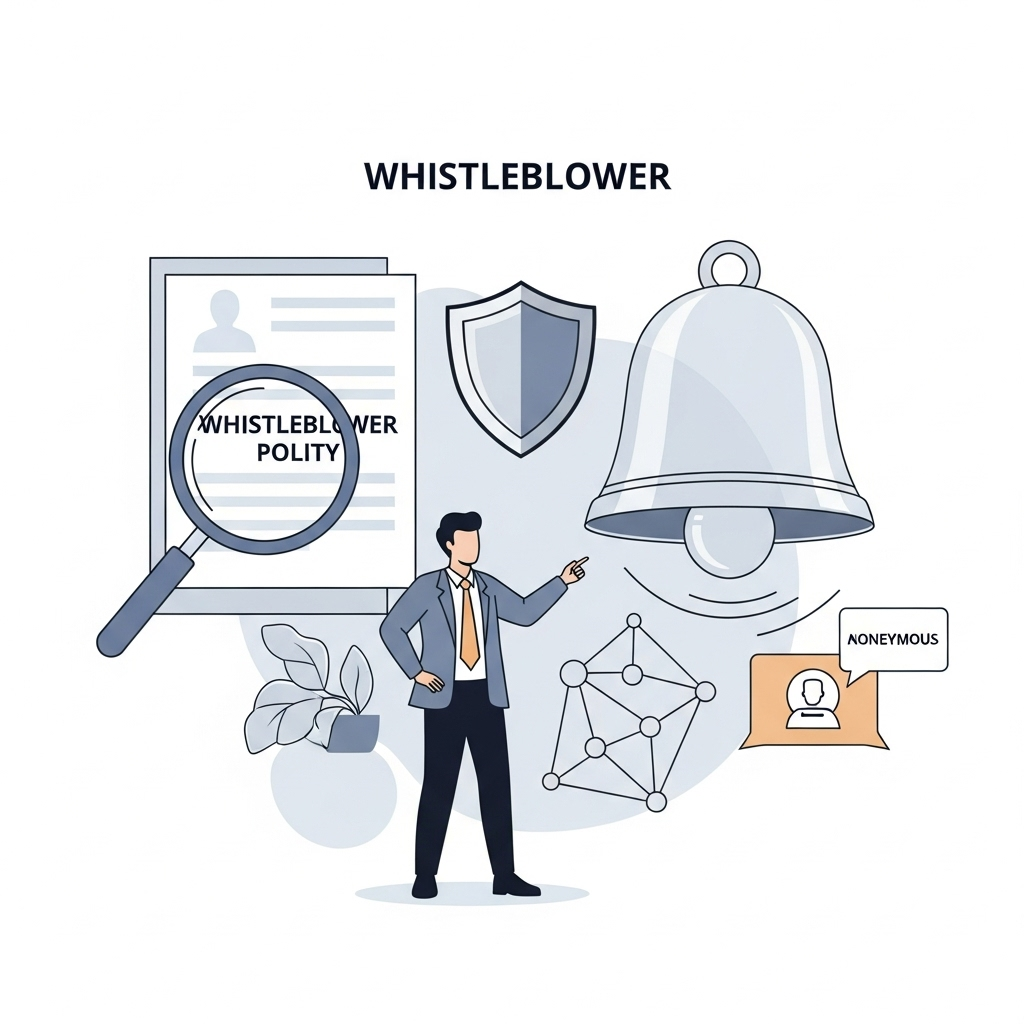Definition
The New Hire Orientation Process is more than just a welcome mat; it’s a structured onboarding journey designed to help new employees settle into their roles and understand your organization’s culture, policies, and expectations. Think of it as a friendly guide that equips newcomers with everything they need to hit the ground running and feel genuinely part of the team from day one.
Key Components
To create a successful New Hire Orientation Process, you’ll want to consider a few essential elements that ensure every new employee feels informed, engaged, and ready to contribute. Here are the main components to include:
- Pre-Orientation Preparation: Before new hires even step foot in the office, make their first day special! Send out welcome emails that include essential paperwork, orientation schedules, and company resources. For example, providing a digital employee handbook can help them familiarize themselves with company policies ahead of time.
- Day One Orientation: Kick things off right! On their first day, greet new hires warmly and provide an overview of the day’s agenda. A personalized orientation packet with company swag, contact lists, and a map of the office can make a lasting impression. Don’t forget a tour of the workplace to help them feel at home!
- Job-Specific Training: Once the initial welcome is done, it’s time for the nitty-gritty. Offer tailored training that aligns with their specific role. This could include shadowing a seasoned colleague, hands-on workshops, or online training modules. For instance, if they’re in sales, have them role-play common scenarios to build confidence.
- Ongoing Support: The first few weeks can be overwhelming. Schedule regular check-ins to see how they’re adjusting and address any questions. A buddy system, where a more experienced employee is assigned to guide the new hire, can be incredibly beneficial for building connections and easing the transition.
- Feedback and Evaluation: After the orientation period, gather feedback from new hires to learn what worked and what didn’t. This could be through a simple survey or a one-on-one chat. Use their insights to continually improve the orientation experience for future employees.
Importance in the Workplace
Why does the New Hire Orientation Process matter? Well, consider this: a well-executed orientation can significantly boost employee retention rates. New hires who feel welcomed and informed are more likely to stay long-term and perform better in their roles. For example, a tech company that implemented a comprehensive orientation program saw a 30% increase in retention rates within the first six months. On the flip side, a chaotic, disorganized onboarding can leave new employees feeling lost and undervalued, which may lead them to seek opportunities elsewhere.
Best Practices
To help you set up an effective New Hire Orientation Process, here are some best practices to keep in mind:
- Create a Clear Schedule: Outline what new hires can expect on their first day and during the orientation period. A well-structured agenda helps them know what to anticipate and reduces anxiety.
- Incorporate Company Culture: Use the orientation process to showcase your organization’s values and culture. Share stories from current employees about their experiences or create engaging team-building activities that reflect your workplace environment.
- Utilize Technology: Consider using onboarding software or tools that streamline the process, such as digital onboarding checklists or virtual training modules. This can make it easier for new hires to access important information anytime, anywhere.
- Solicit Continuous Feedback: Rather than only gathering feedback at the end of the process, encourage new hires to share their thoughts throughout their orientation. This allows you to make real-time adjustments and enhance their experience while it’s still fresh.
- Follow Up After Orientation: Keep the lines of communication open even after the orientation is complete. Regular follow-ups during the new hire’s probation period can help reinforce their connection to the team and identify any areas where they may need additional support.
Legal Considerations
It’s crucial to be aware of legal aspects that may impact your New Hire Orientation Process. For instance, ensure that all orientation materials comply with labor laws and regulations regarding equal employment opportunity. Provide necessary training on topics such as workplace safety, harassment policies, and anti-discrimination laws. This not only helps protect your organization but also fosters a safe and inclusive environment for all employees.
Conclusion
In summary, a well-structured New Hire Orientation Process is essential for integrating new employees smoothly into your organization. It lays the groundwork for their success and sets a positive tone for their entire employment journey. By investing time and effort into creating a thoughtful orientation experience, you’re not just welcoming new hires; you’re building a foundation for lasting relationships and a thriving workplace culture. Remember, the first impression is often the most lasting, so make it count!




